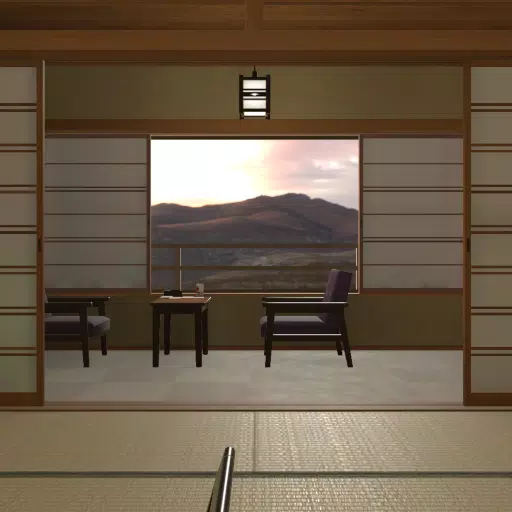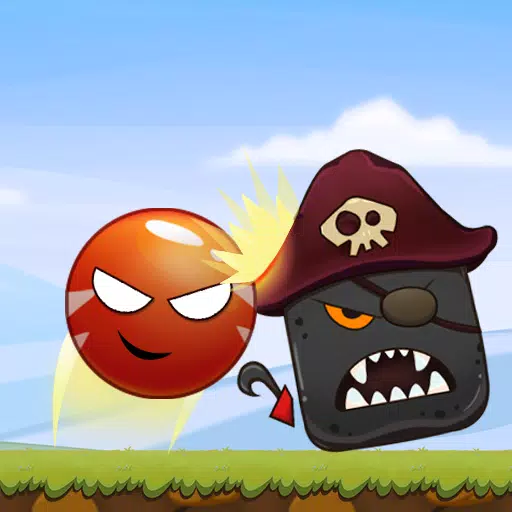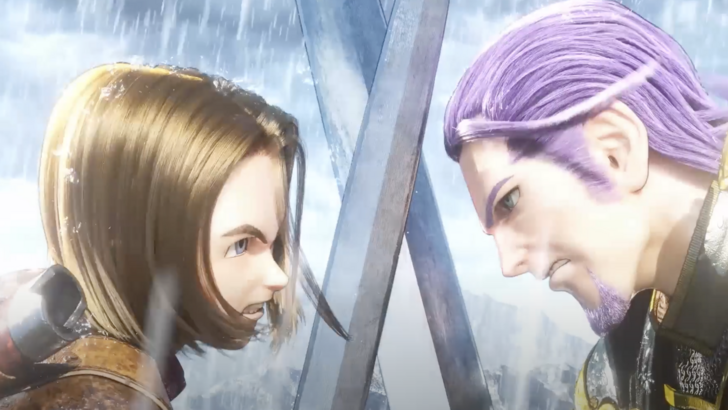Thanks to a renewed focus on the core concepts that originally defined the series, *Assassin’s Creed: Shadows* delivers the most satisfying experience the franchise has seen in years. The game boasts the best parkour system since *Unity*, allowing players to seamlessly transition from the ground to castle rooftops. The addition of a grappling hook further enhances the fluidity, making reaching prime vantage points quicker and more exhilarating. When perched on a tightrope high above the enemy, you're only a drop away from executing the perfect kill—provided you're playing as Naoe, the game's swift shinobi protagonist. However, switching to Yasuke, the second protagonist, transforms the gameplay entirely.
Yasuke is deliberately slow, clumsy, and unable to kill silently. His climbing abilities are so limited that he moves like a grandpa, making him the antithesis of a traditional Assassin’s Creed protagonist. This design choice by Ubisoft is both baffling and fascinating, as playing as Yasuke feels like stepping away from the Assassin’s Creed experience altogether.
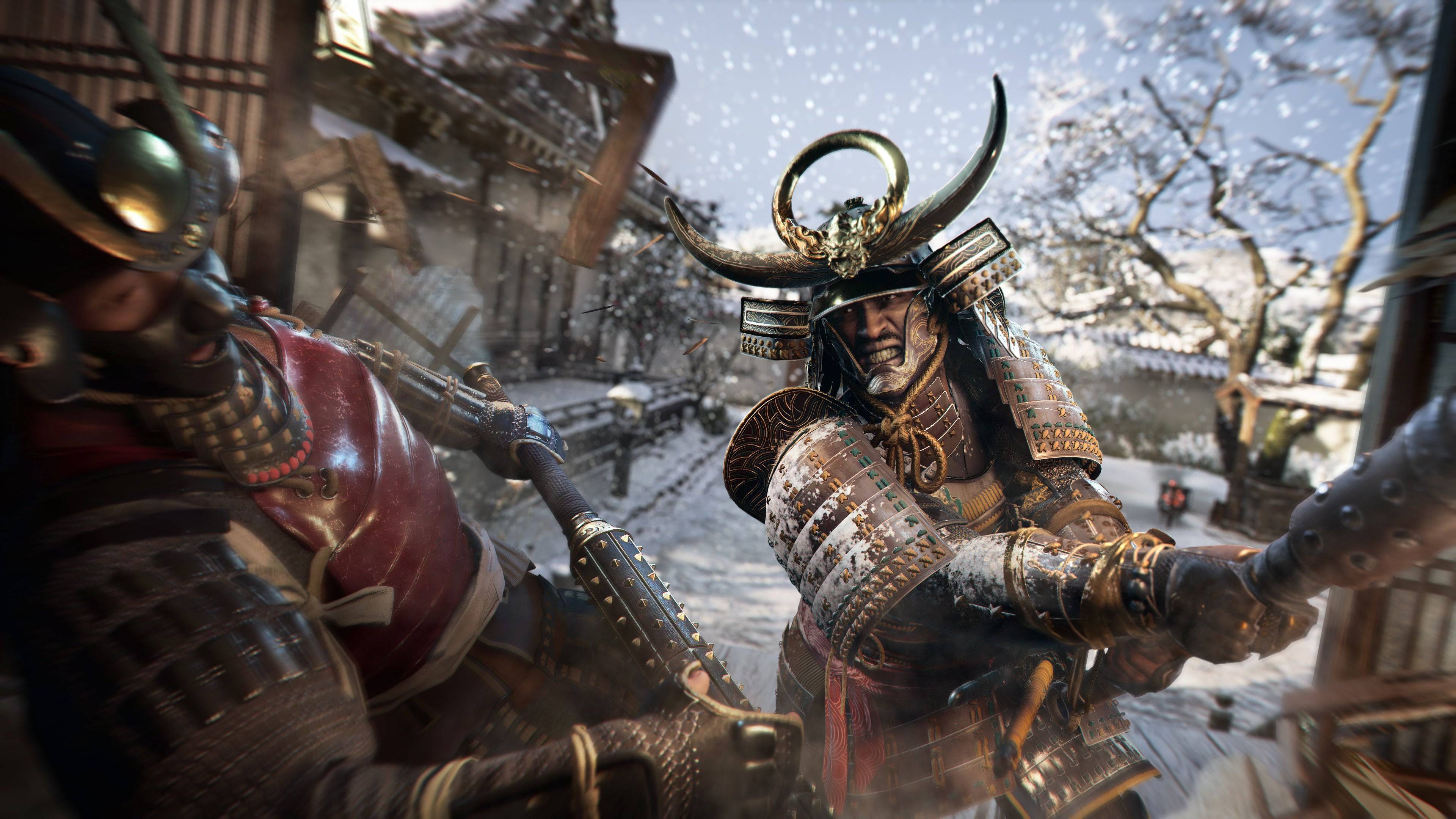
Initially, the stark contrast between Yasuke’s capabilities and the series' fundamental philosophy was frustrating. What purpose does an Assassin’s Creed protagonist serve if they can barely climb and are incapable of silent takedowns? However, the more I played as Yasuke, the more I appreciated his unique design. Despite his flaws, Yasuke addresses critical issues the series has faced in recent years.
You don't get to control Yasuke until several hours into the campaign, after spending your initial time with Naoe, who epitomizes the assassin role better than any protagonist in a decade. Transitioning to Yasuke after mastering Naoe’s swift movements is jarring. This towering samurai struggles to sneak through enemy camps and can barely climb anything higher than his own head. His inability to find handholds on Japan's jutting roofs and his slow, precarious movement on rooftops introduce significant friction. Climbing becomes a laborious task, often requiring scaffolding and ladders for any meaningful progress.
While Yasuke isn't strictly forced to stay at ground level, the game's design heavily encourages it. This limitation hampers his ability to survey areas from high vantage points, making it challenging to plan ahead. Unlike Naoe, who can rely on Eagle Vision, Yasuke lacks any such aid, forcing players to rely solely on his raw strength.
Assassin’s Creed has traditionally been about stealthy kills and vertical exploration—concepts that Yasuke directly opposes. Playing as Yasuke feels more akin to *Ghost of Tsushima* than *Assassin’s Creed*, emphasizing fierce combat over stealth. His lack of stealth training and reliance on samurai sword skills underscore this shift, making gameplay more about combat prowess than silent infiltration.
Playing as Yasuke challenges players to rethink their approach to *Assassin’s Creed*. Historically, the series allowed players to climb almost anywhere with ease, offering no real challenge. Yasuke changes this dynamic by requiring players to carefully observe the environment to find hidden pathways designed specifically for his limited capabilities. For example, a leaning tree trunk might lead to a sync point inaccessible without a grappling hook, or a castle's open window on the second floor could be reached via a staircase-like courtyard wall. These paths are more engaging than the effortless climbs of past games.
However, these pathways only take Yasuke where he needs to go, limiting his freedom for general exploration and making it difficult to gain the high ground to observe enemy patrols. Yasuke's stealth is limited to the "Brutal Assassination" skill, which is more of an opening move for combat than a silent takedown. Yet, when combat ensues, *Shadows* offers the best swordplay the series has seen in over a decade, with purposeful strikes and a variety of techniques, from brutal rush attacks to satisfying ripostes. The finishing moves are particularly striking, creating a clear contrast to Naoe's stealthy approach.
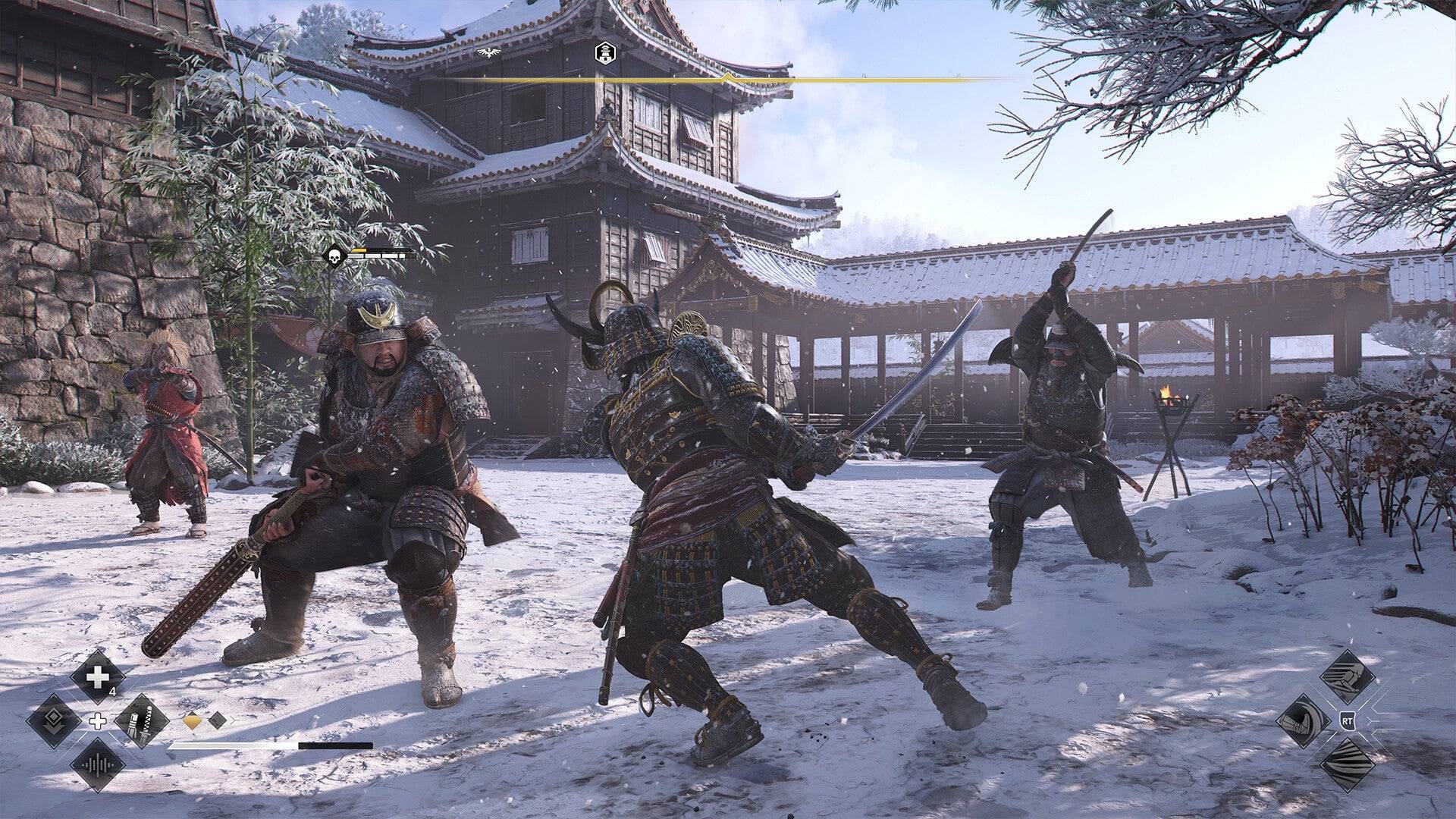
The separation of combat and stealth into two distinct characters prevents the blending of styles that plagued *Origins*, *Odyssey*, and *Valhalla*. Naoe's fragility means she can't engage in prolonged combat, forcing players to flee, reposition, and reset the stealth loop. Conversely, Yasuke's strength allows him to handle even the toughest encounters, making him an appealing choice for combat-focused gameplay, especially as his skill tree unlocks over time.
Despite the strong intention behind Yasuke’s design, it remains challenging to reconcile his role within *Assassin’s Creed*. The series is built on stealth and vertical exploration, elements Yasuke directly opposes. While characters like Bayek and Eivor ventured too far into action territory, they still retained core Assassin’s Creed abilities like climbing and using hidden blades. Yasuke's thematic appropriateness as a samurai who struggles with stealth and climbing makes it difficult to engage with the game as a traditional *Assassin’s Creed* experience.
The real challenge Yasuke faces is the presence of Naoe, who is mechanically the best Assassin’s Creed protagonist in years. Her stealth toolkit, combined with the towering verticality of Sengoku Period Japan, allows for an experience that truly embodies the essence of *Assassin’s Creed*: becoming a highly mobile, silent killer.
AnswerSee ResultsNaoe also benefits from the design changes that shape Yasuke. While she can climb to practically anywhere, the series' "stick to every surface" approach has been refined for a more realistic experience. Players must now assess climbing routes and find anchor points for the grappling hook, but this allows for longer leaps and faster climbing, turning the open world into an engaging *Assassin’s Creed* sandbox. On the ground, Naoe’s combat feels as impactful as Yasuke’s, though she can't endure prolonged battles. This raises the question: why play as Yasuke when Naoe offers the complete *Assassin’s Creed* experience?
Ubisoft’s intent to offer two distinct playstyles with Yasuke and Naoe creates a double-edged sword. Yasuke's unique approach provides a compelling contrast to the traditional *Assassin’s Creed* gameplay, but it also opposes the series' core concepts. While I'll always return to Yasuke for his thrilling combat, it's through Naoe that I truly explore *Shadows'* world. When playing as Naoe, I feel like I'm truly playing *Assassin’s Creed*.
 Home
Home  Navigation
Navigation






 Latest Articles
Latest Articles
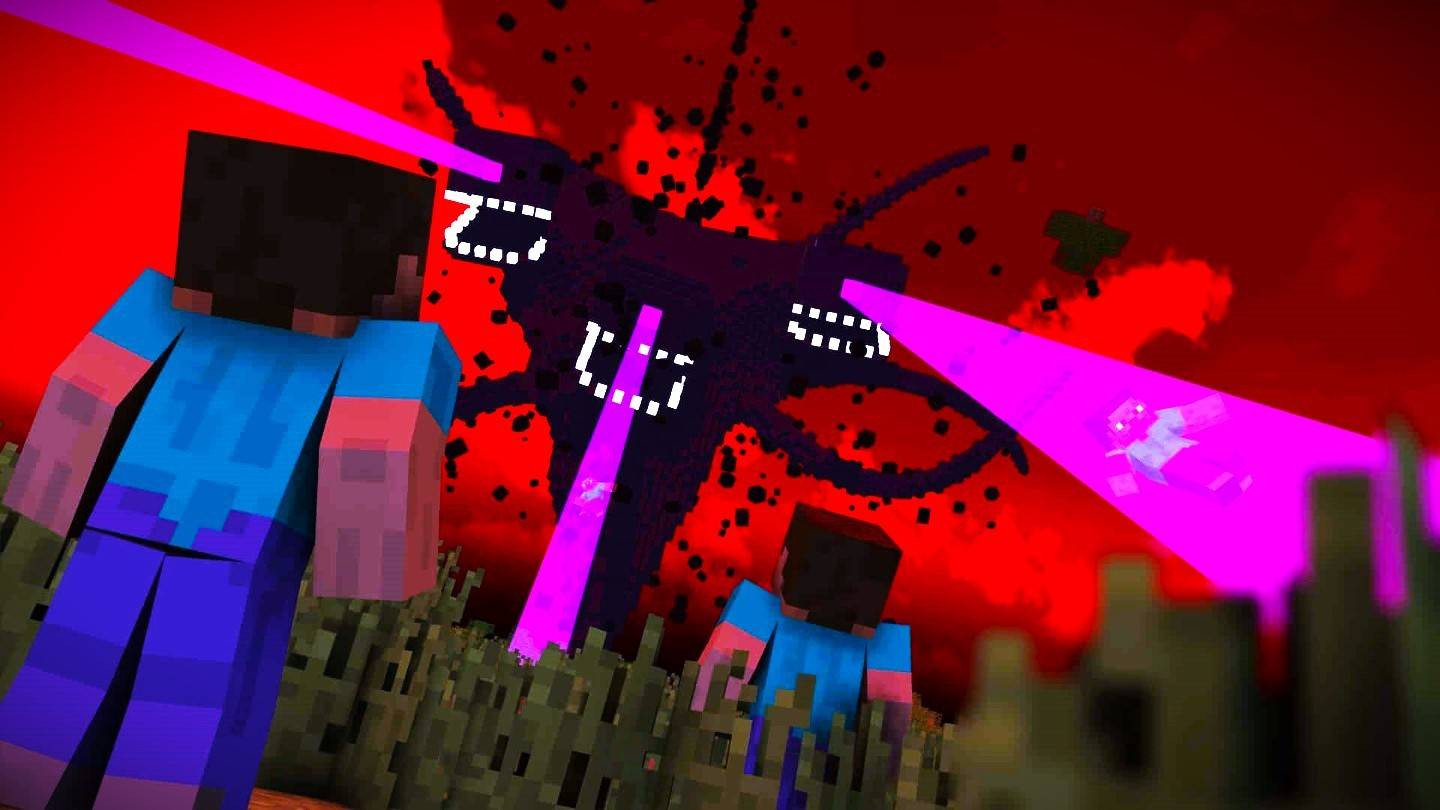
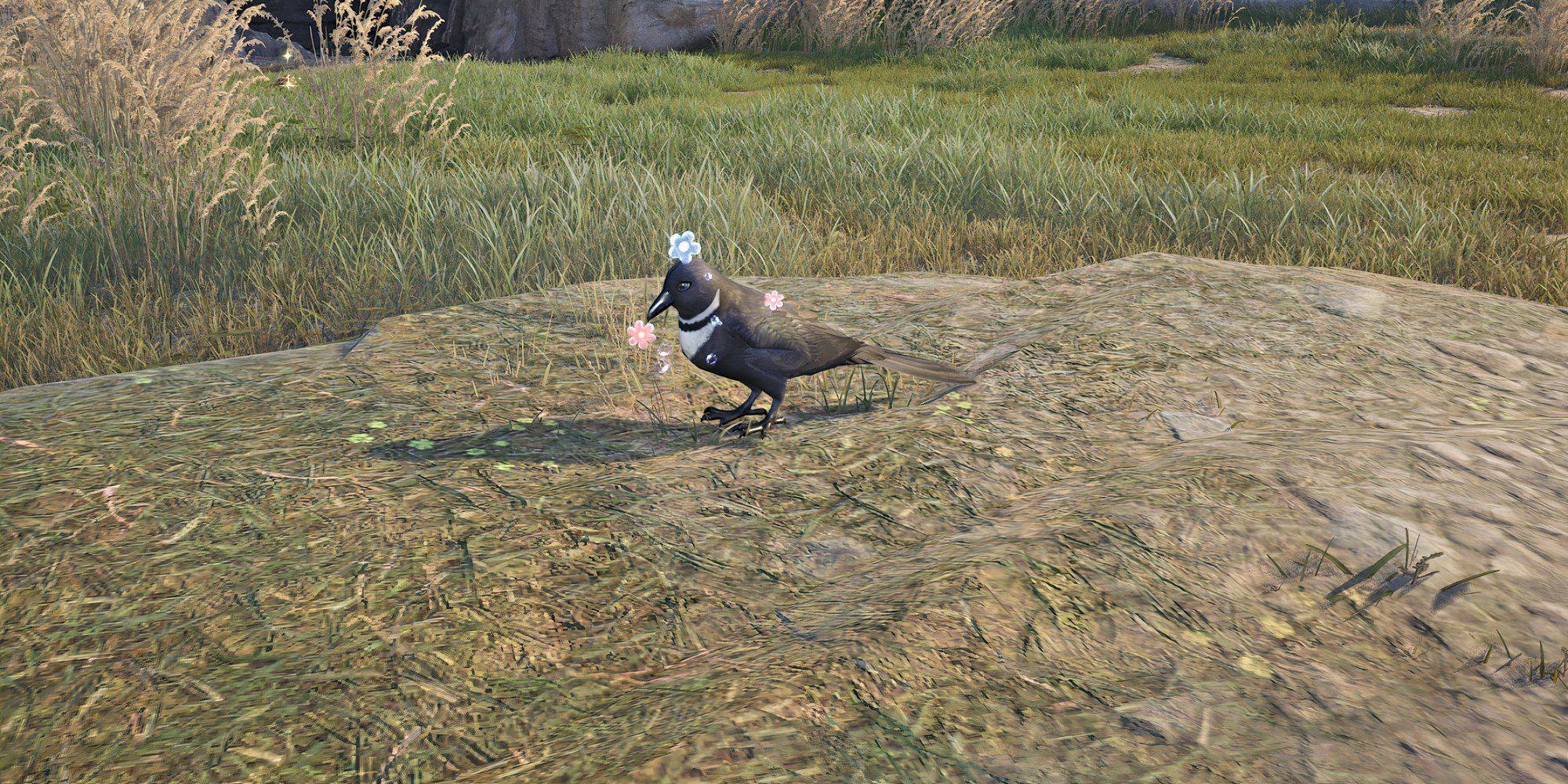


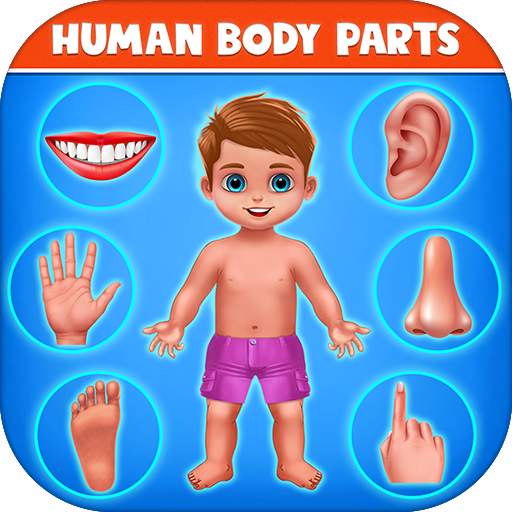





 Latest Games
Latest Games
